George Stubbs
(1724 – 1806)
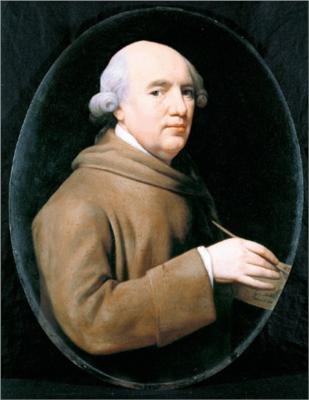
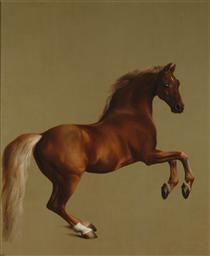
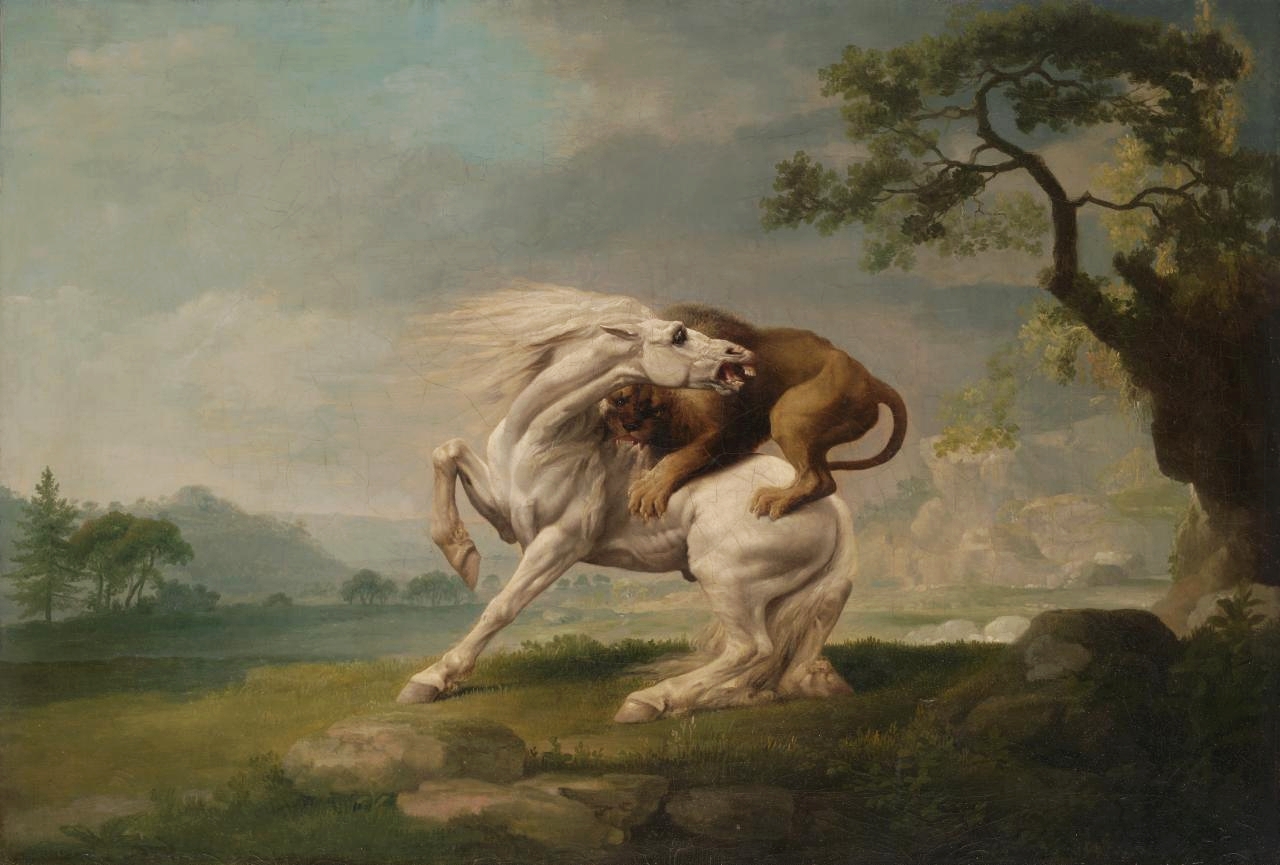

Research
Born in Liverpool in 1724, George Stubbs was an artist known for painting horses in the eighteenth century. Since Stubbs was passionate about anatomy, which made his horse depictions extremely accurate. He trained himself and gained skills inspired by other eighteenth century artists such as Reynolds and Gainsborough. In 1751, Stubbs was commissioned to illustrate John Burton’s “Essay Towards a Complete New System of Midwifery”. He moved to London in 1760 and etched plates for “Anatomy of the Horse” in 1766. This work proved to be valuable, as artists followed to use it as a key reference. Around this time he gained reputation and worked on every scale, painting racing, hunting, and shooting scenes of horses and wild animals. At the end of the eighteenth century he took on the ambitious project of a study of comparative anatomy of a man, a tiger, and a chicken. Unfortunately, in his last decade he had lost much of his relevance at the time, and almost unnoticeably passed away.
Opinion
I’m very impressed by George Stubbs’ ability to render horses. Personally, I have always struggled to illustrate horses and perfect their anatomy. I always have a strong appreciation for self-taught artists. Especially for his time, it was notable to see an artist present such a high level of accuracy in a horse painting. I am most intrigued by his work that presents the subject of a lion attacking a horse. Stubbs made at least seventeen of these pieces. They were influential as they showcased his skills as an animal and landscape painter, as well as elevating animal painting to history painting. In his lion attack paintings, I see a level of depth incomparable to his other works. I believe there is much more detail illustrated.
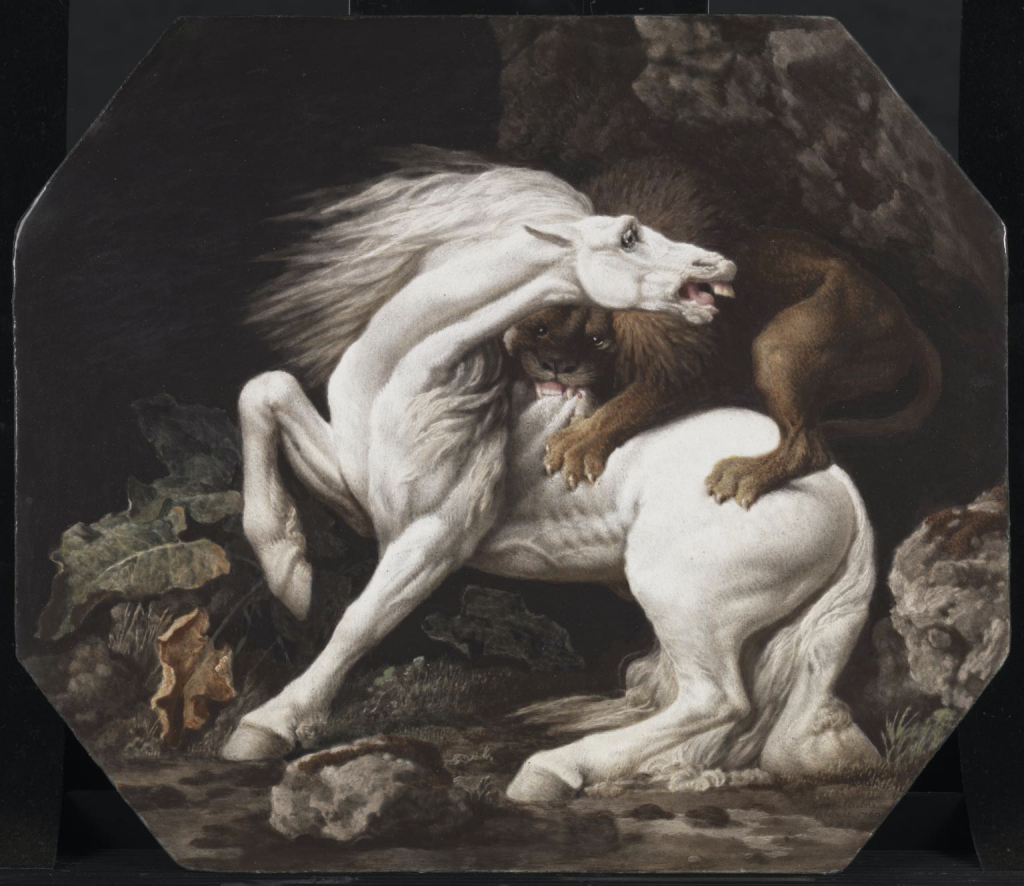
This painting is enamel on copper. It is in the shape of an irregular octagon because Stubbs cut off the corners for a tighter composition. This piece is the earliest known example of Stubbs using the enamel medium. He actually took two years to study the chemical before this piece’s production, and prepared by studying caged lions.
In this example, we can clearly see the hairs of the horse; there is defined expression in both subjects; there is movement; there is strong contrast in light and shadows; and the muscles and anatomy of both subjects are powerfully depicted. I also think the octagonal composition works well, as it allows the viewer to focus on the scene. My favourite detail of this painting is the illustration of the subjects’ eyes. I love how they show emotion and reflect the light. Stubbs has inspired me to apply this much detail in my own illustrations.
Image credit:
Image 1: https://www.wikiart.org/en/george-stubbs
Image 2: https://www.wikiart.org/en/george-stubbs/whistlejacket
Image 3: https://www.19thcenturyart-facos.com/artwork/lion-attacking-horse
Image 4: https://www.tate.org.uk/art/artworks/stubbs-haymakers-t02256
Image 5: https://www.tate.org.uk/art/artworks/stubbs-horse-attacked-by-a-lion-t01192
Sources:
“George Stubbs.” Wikipedia, Wikimedia Foundation, 29 June 2020, en.wikipedia.org/wiki/George_Stubbs.
“George Stubbs.” Encyclopædia Britannica, Encyclopædia Britannica, Inc., 20 Aug. 2020, www.britannica.com/biography/George-Stubbs.
“National Gallery of Art.” Artist Info, www.nga.gov/collection/artist-info.1912.html.
Tate. “’Horse Attacked by a Lion’, George Stubbs, 1769.” Tate, 1 Jan. 1769, www.tate.org.uk/art/artworks/stubbs-horse-attacked-by-a-lion-t01192.
The National Gallery, London. “George Stubbs.” The National Gallery, www.nationalgallery.org.uk/artists/george-stubbs.
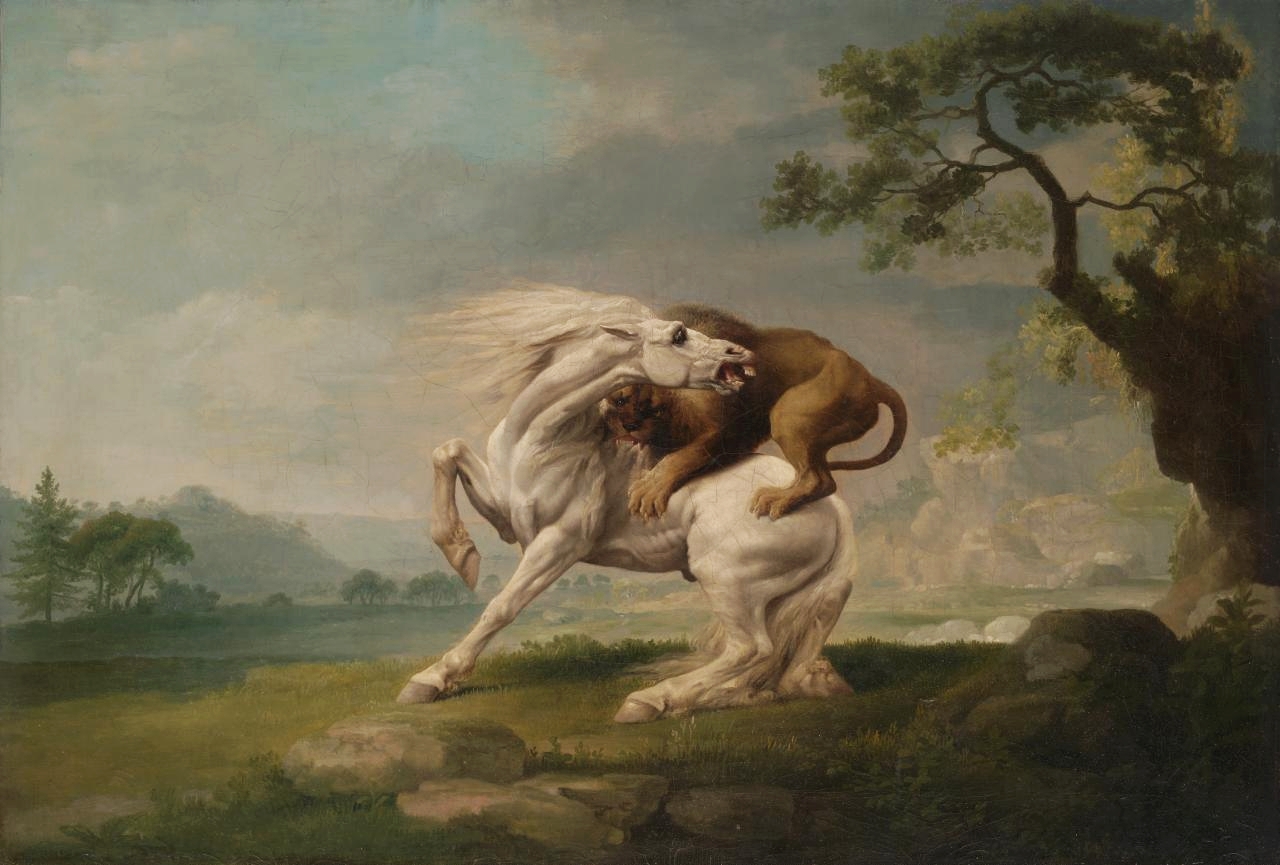
Clarice,
Excellent work on Stubbs! Your research is in-depth and meticulous for the length of a blog. Personal insights are also most welcome here. You told me things about the artist I did not know before such as his use of enamel. Keep up the good work.
Jeff